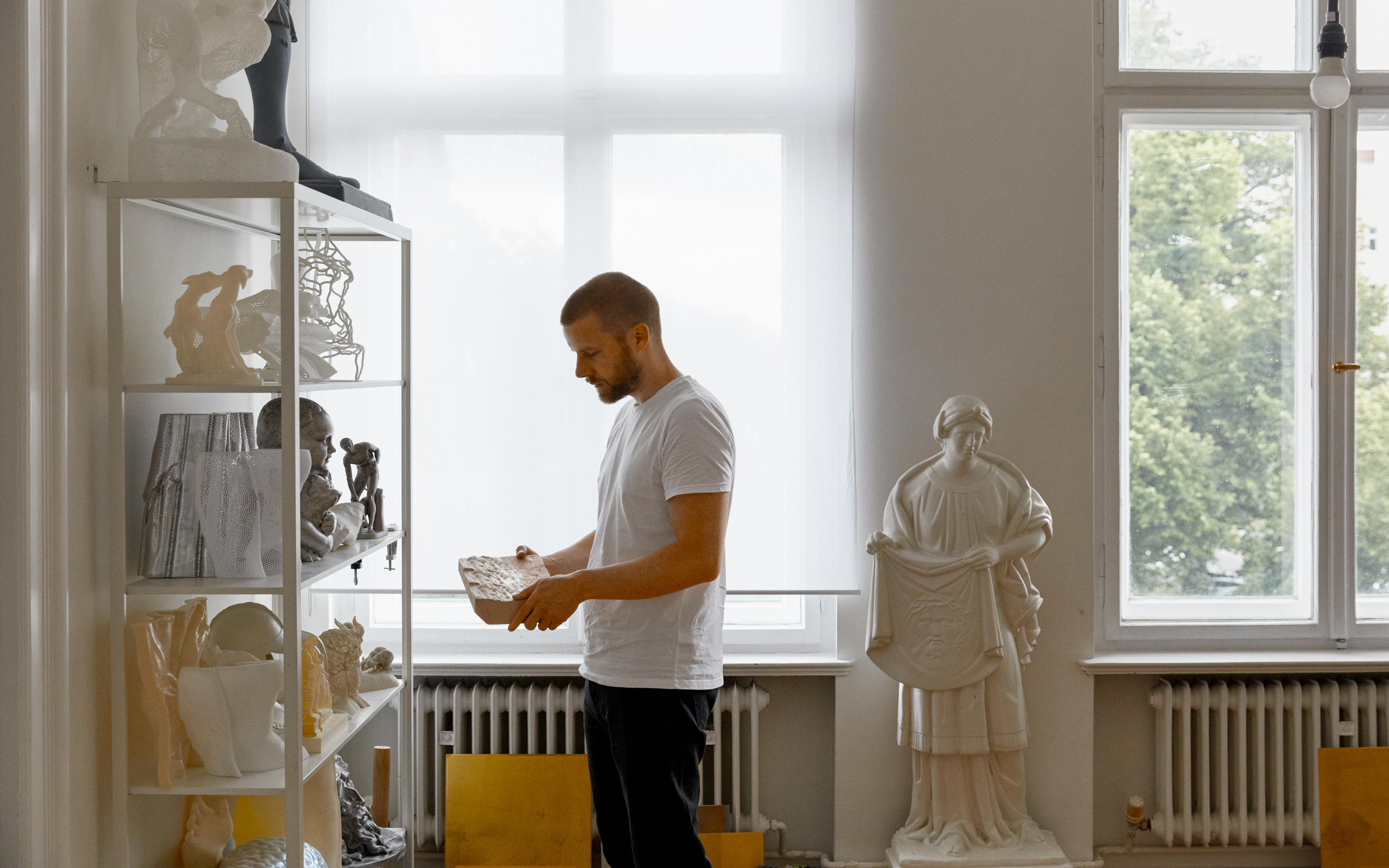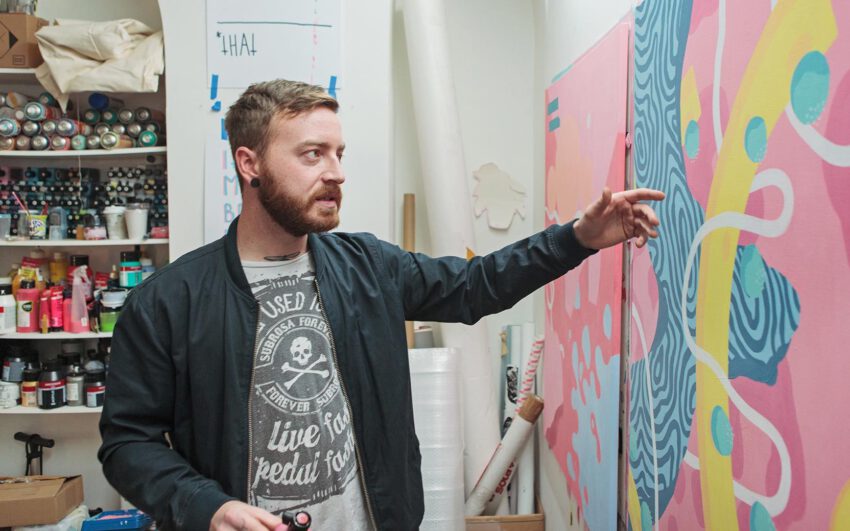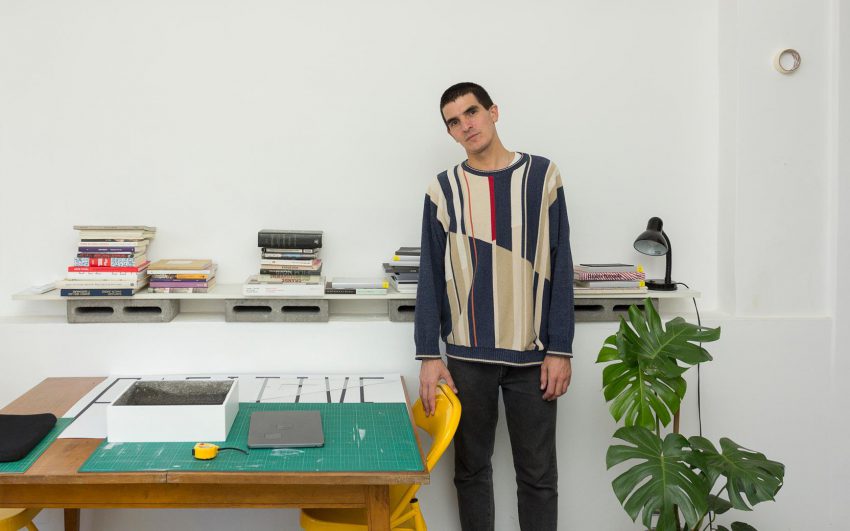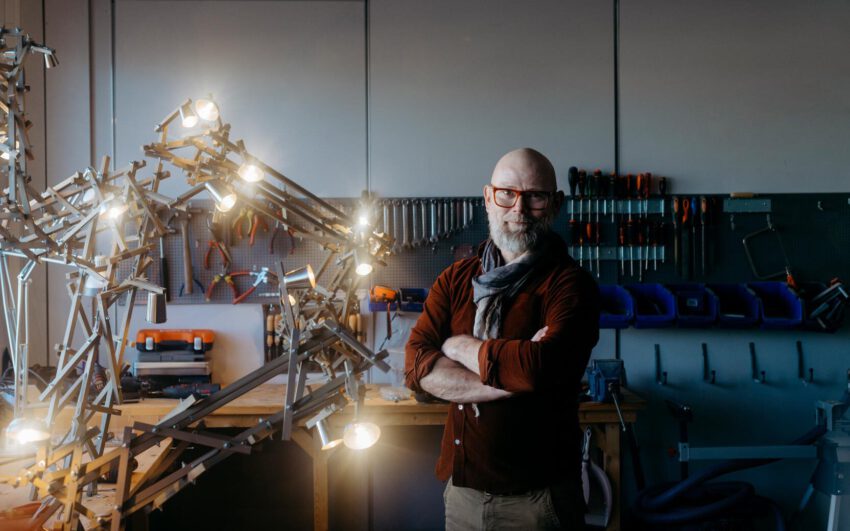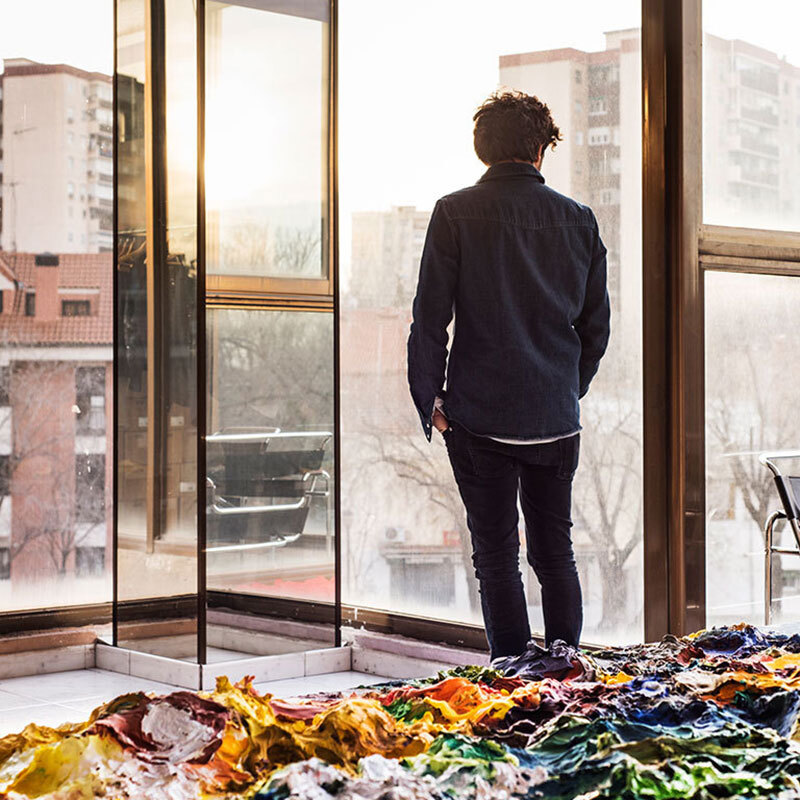Scanning, processing, printing — Oliver Laric’s works are both copy and original at the same time. By means of digital methods, the Innsbruck-born artist distorts and stages art historical objects and transports them into the present. He also questions the concepts of authenticity and uniqueness by creating multiple versions of existing sculptures and remixing audiovisual content.
Oliver, how did you get into art when you were young?
My interest was there early and was supported by my mother. For many years I painted graffiti then I studied graphic design at the Angewandte [School of Applied Arts Vienna], at that time I had no idea about the art world. During my studies there I soon realized that I really wanted to work in a self-initiated manner.
So, you wished for more freedom?
I wanted to compromise less and produce my own videos and publish them online. At the same time, I founded an art blog (vvork.com) together with my colleagues Aleksandra Domanović, Georg Schnitzer, and Christoph Priglinger in 2006. By means of this online platform there was no longer any need to exhibit in a physical space, the website was an exhibition space, and we were independent of external curatorial imposition. Over time, we received invitations to exhibit in physical spaces, and to begin with I was rather disappointed by the translation into physical space with what had worked so well online and seemed alive as a result of the participation of others. After the initial experiences, I felt the need to consider how to deal with physical space in a similar way to how we dealt with websites, that’s when the idea of creating sculptures came up.
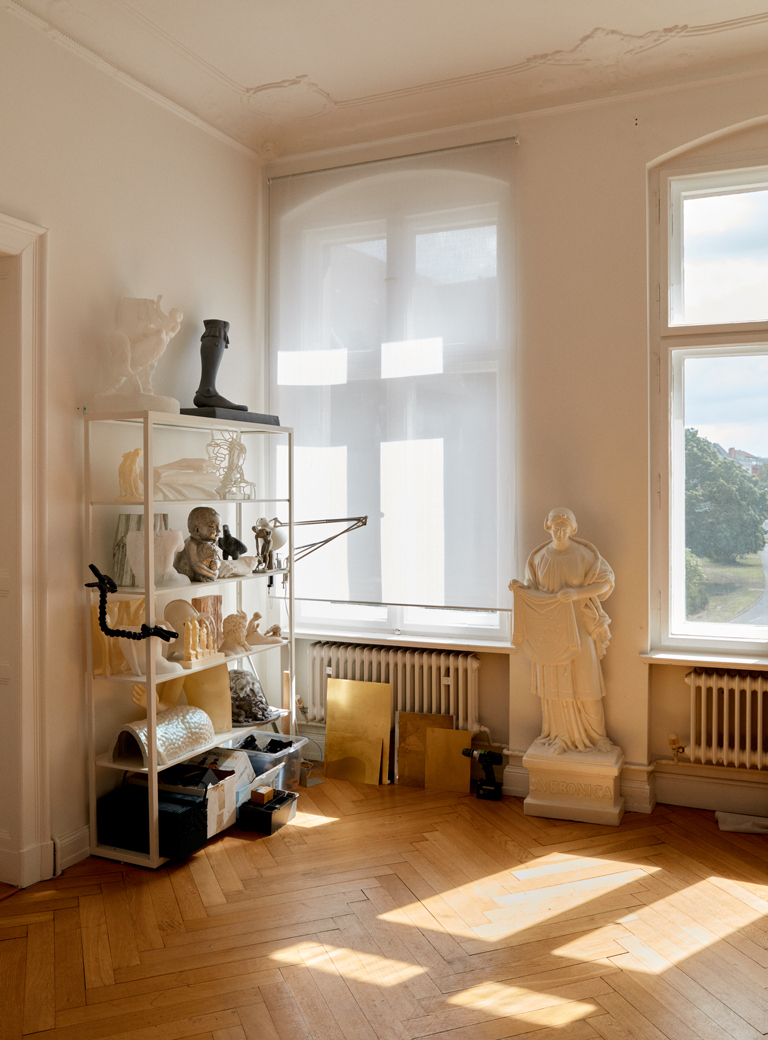
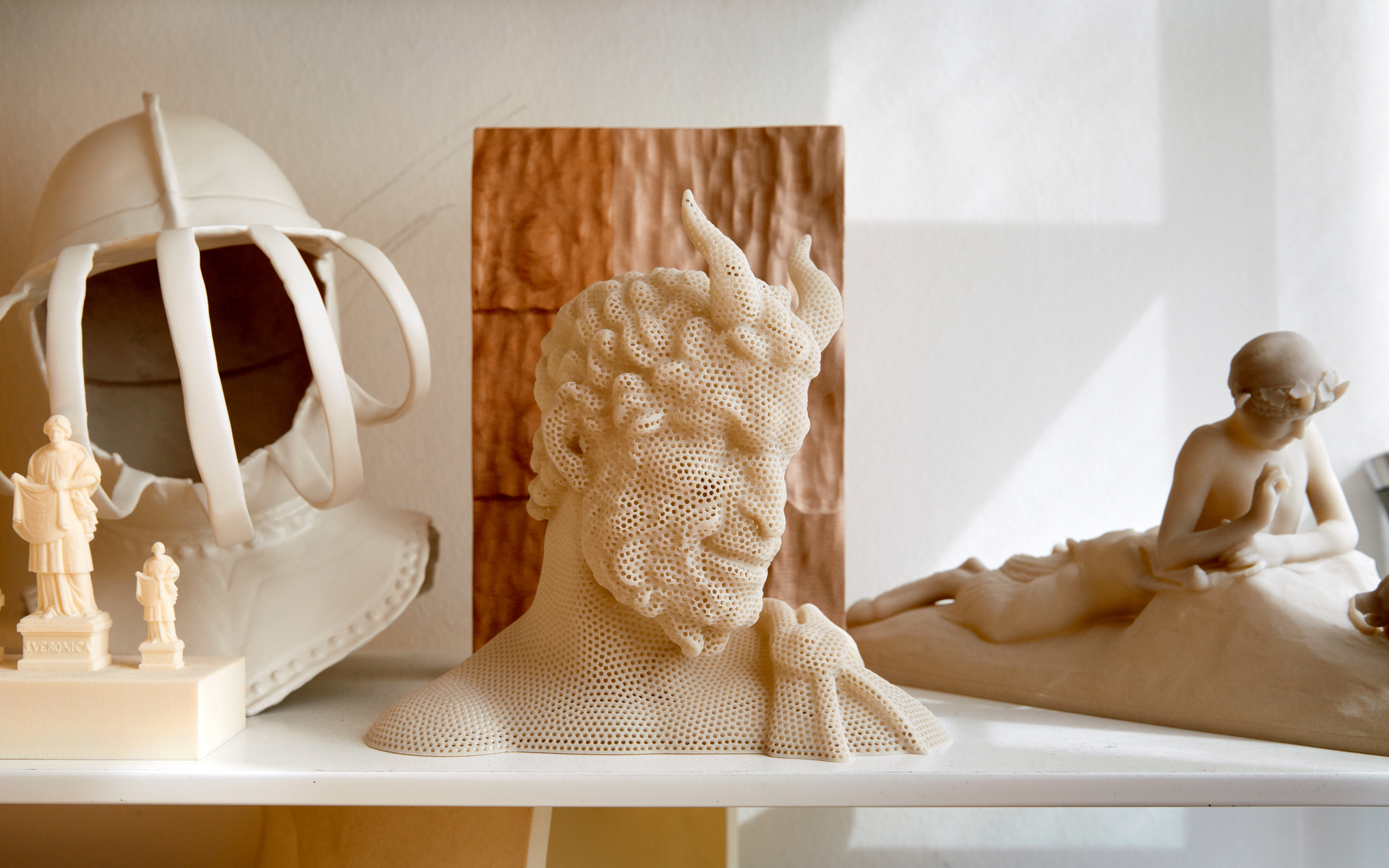
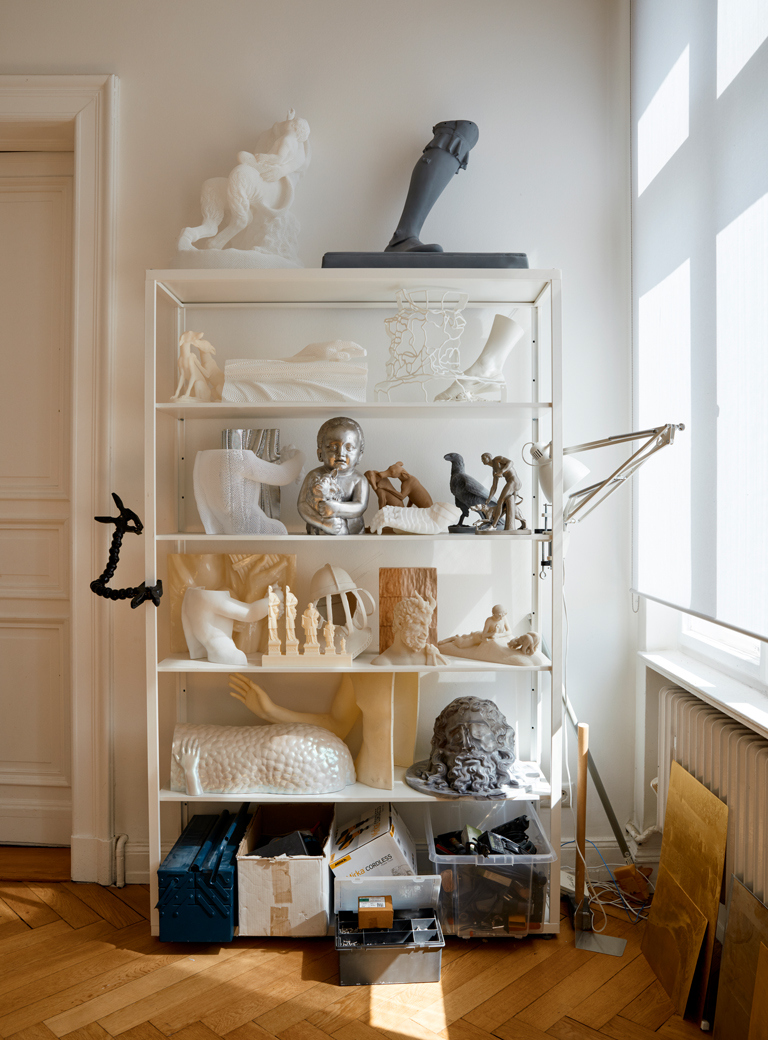
How did you settle on sculpture as a medium?
I’ve never settled on sculpture. I work a lot on videos and sculptures but also on some other approaches that don’t fit into either of these two categories.
Does the process and its documentation play a more important role for you than the final product?
Yes! What works well for me is a flexible digital file that can nevertheless be physically realized. For me the focus is on the repeatable – as if I’m writing a recipe or a list of instructions rather than forming a completed product. Perhaps I’ve always been more interested in the image of the sculpture than the sculpture itself. With physical works, I assume that more people experience the work as documentation than an object in space. From the beginning, I have tried to develop a structure that is able to change over time, a process that also allows me to constantly learn. The combination of digital composition and the manifestation in space through additive manufacturing such as 3D printing supports this viewpoint.
Would you say that your studies at the Angewandte in Vienna were an inspiration for you and that the knowledge and skills you were able to acquire there still play a role for you today?
Primarily I learned there what I didn’t want to do because the climate in my major was extremely regressive. We were having to think about poster contests and postage stamp design in an age of constant new digital development. Even beyond my immediate class, an outdated macho culture was dominant. There was a theoretical aspect that was quite exciting and that I still find helpful today. But in principle, I see my study episode as a difficult, restrictive phase. Furthermore, I also flunked my diploma, perhaps that was a good thing because I didn’t want to continue what I had been taught there.
What was your first exhibition?
The first exhibition resulted from an invitation from a curator with whom I am still in contact today — Caitlin Jones, who curated a video with the title 787 Clip Arts that I made in 2006. The video is an animation of many individual clip art graphics that create the feeling of a moving image in sequence. The video had spread through blogs and an advertising agency had copied and used it, but it was also reinterpreted again and again by other artists. It is a lively video that has been further enlivened by being published on websites. Through this experience, many things have emerged that still shape me today.
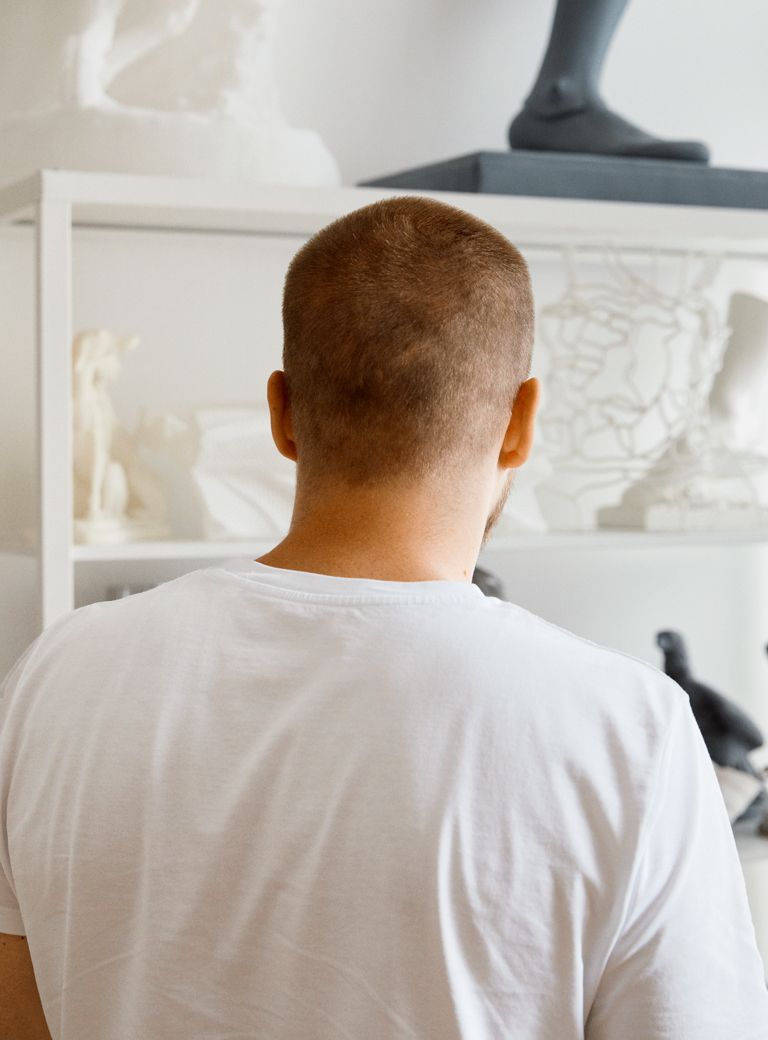
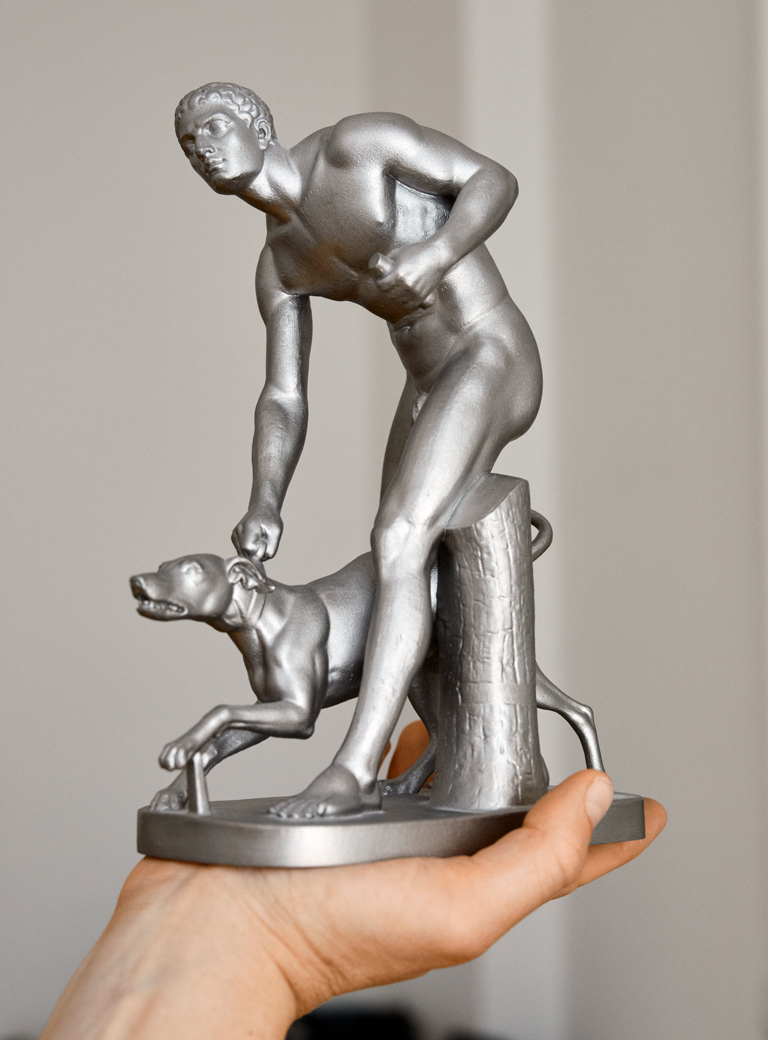
When did you move to Berlin to devote yourself entirely to art?
2007. Prior to that I lived in Japan and didn’t really have enough time for my own work. In Tokyo I generated music videos for bands which was fun. However, I was also dependent on other opinions before whom I had both to defend my ideas and to compromise.
And Berlin was the solution?
Yes, in a way. The cost of living in Tokyo was high and Berlin was relatively cheap at the time. The move allowed me to find more time for my own work. And so, yes, Berlin was the solution.
And what was the next step?
The aforementioned advertising agency that plagiarized my video offered me compensation after receiving criticism from people who recognized it as my work. This kept me afloat for some time. Then I received a commission from the ICA in London and a collector bought some video editions. This happened gradually and allowed me to continue, even though it wasn’t easy at first. Not that everything runs so smoothly now!
What is art for you?
I don’t have specific ideas about what art is. I am not interested in a narrow social scene that is supposed to make up a supposedly singular art world, but in cultural manifestations in general. I often think more about music than visual art. I see so many parallel movements with little overlap, so I find it difficult to speak of a single art world.
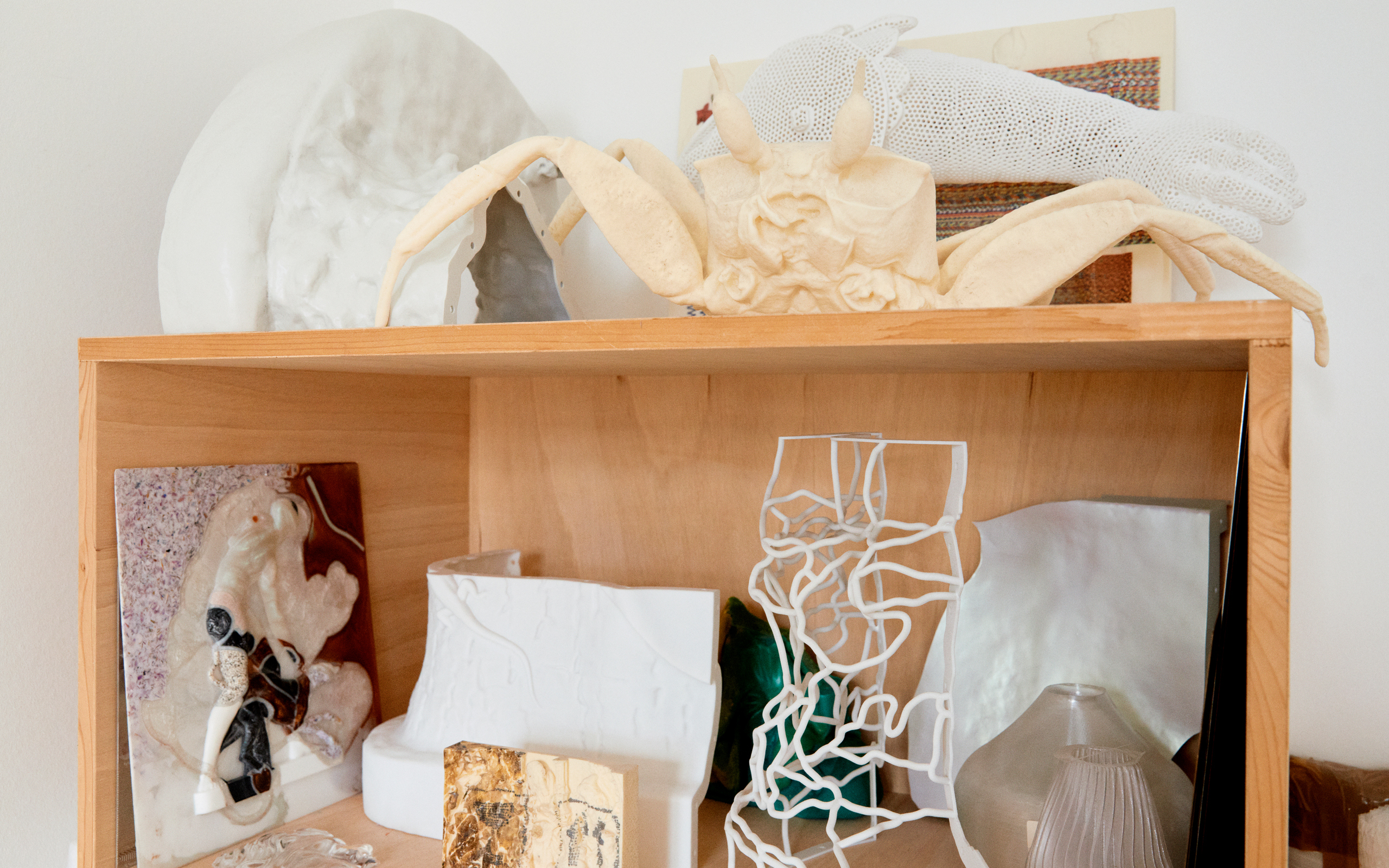
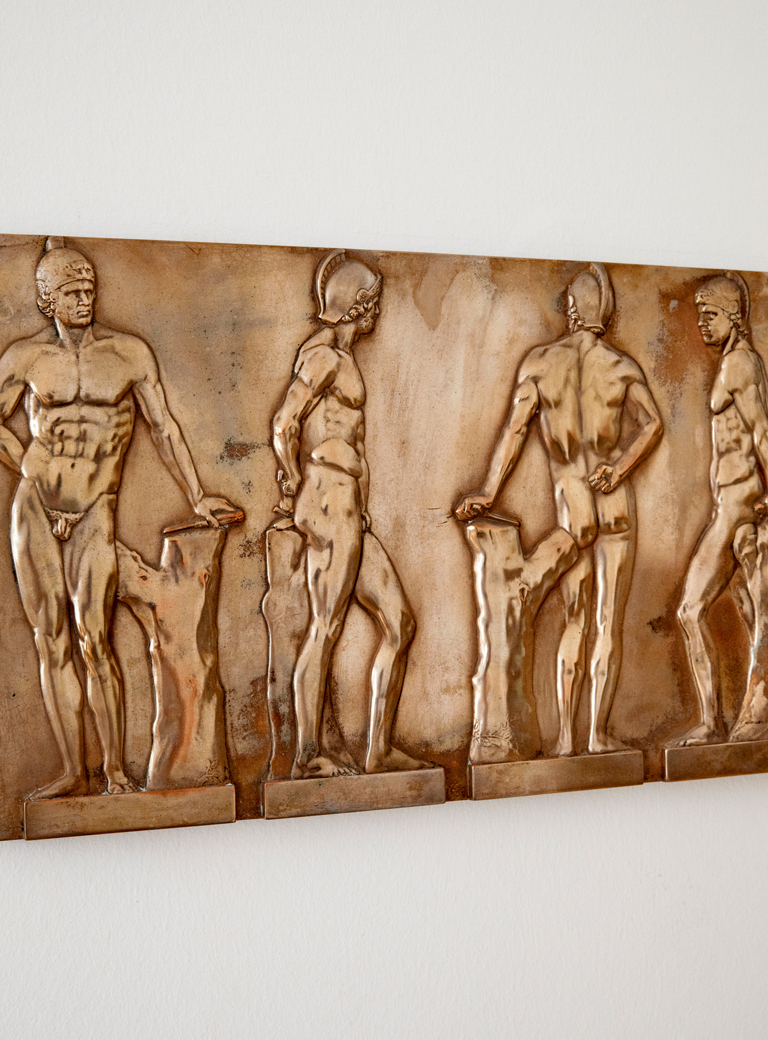
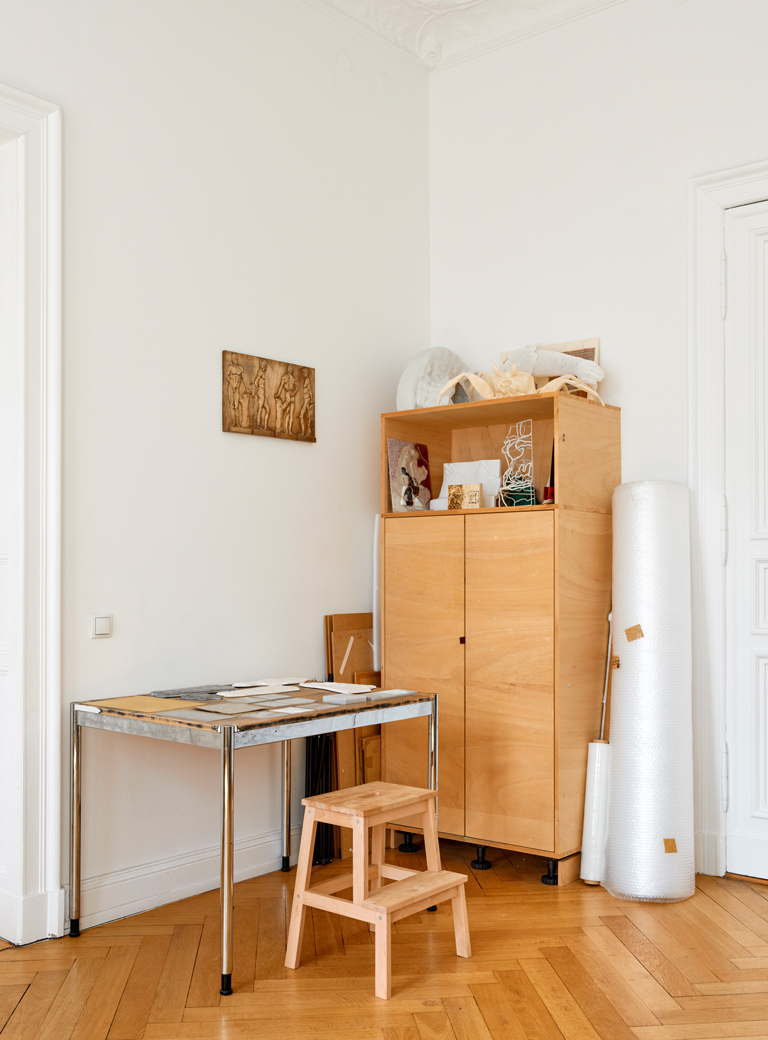
The subjects of your sculptures and your video works are many and varied. But it’s striking that you very often portray living objects. Why is that?
I don’t have an answer to that. I often ponder why I end up with these organic shapes. Perhaps it is context related and a response to what I perceive around me. Maybe it also has to do with easily accessible points of contact.
You’ve had some big exhibitions recently, including at S.M.A.K. in Ghent. Can you tell us something about that?
The exhibition in Ghent was unfortunately a pandemic exhibition, which I prepared over a long time, but was unable to see myself, it took place in the phase between the lockdowns. Central to it was a new video showing moments of decomposition and metamorphosis. I modeled these processes with a 3D program as a stop-motion video, rendering each animation frame. In the two mirroring side rooms I showed different interpretations of the same sculptures, including a pair of dogs in two variations.
What are these dogs showing?
This is a pair of dogs nuzzling each other very sweetly. I have shown a variation from the Ferdinandeum in Innsbruck and its predecessor from the British Museum in London. In addition, a motif of a hunter and his dog was exhibited in relief form. The scan for this was based on a neoclassical sculpture by John Gibson, which was not itself in relief form. I also scanned and edited another sculpture showing Odysseus fleeing from a Cyclops. This is in the form of a human figure holding onto a ram. The proportions are atypical, the human depicted as small in relation to the ram, this is quite unusual when representing the size relationship between humans and animals.
How do you choose your scans?
With the sculptures based on existing scans or objects, there are many pragmatic influences. For example, I work with objects that are in the public domain, where the artists have been dead for over seventy years. A lot of things are possible there. Most recently, I scanned armor. My interests continually change over time, too. The first time I scanned objects, was in cooperation with a museum in England, the scan was more of a procedural test. I was interested in whether users actually downloaded the objects. Then there were different topics I focused on depending on the time. For example, during the first year of the coronavirus pandemic, I scanned a sculpture of Edward Jenner, the inventor of the vaccination process. I also want to pick up contemporary and time-specific things and add them to my archive.
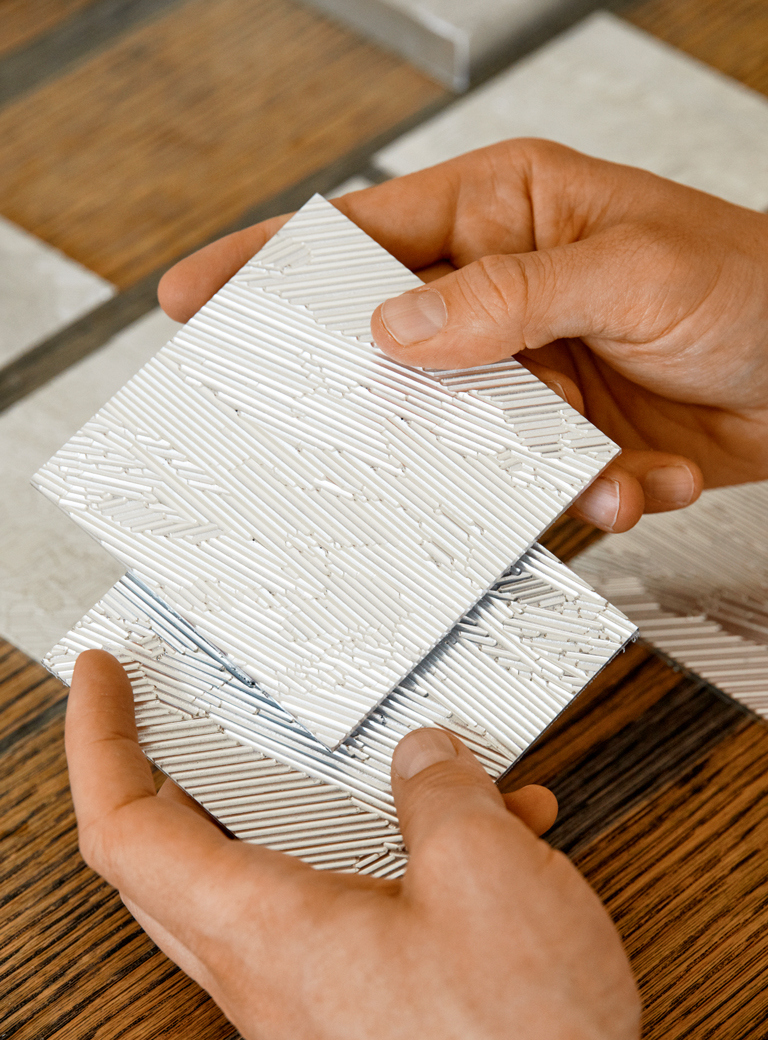
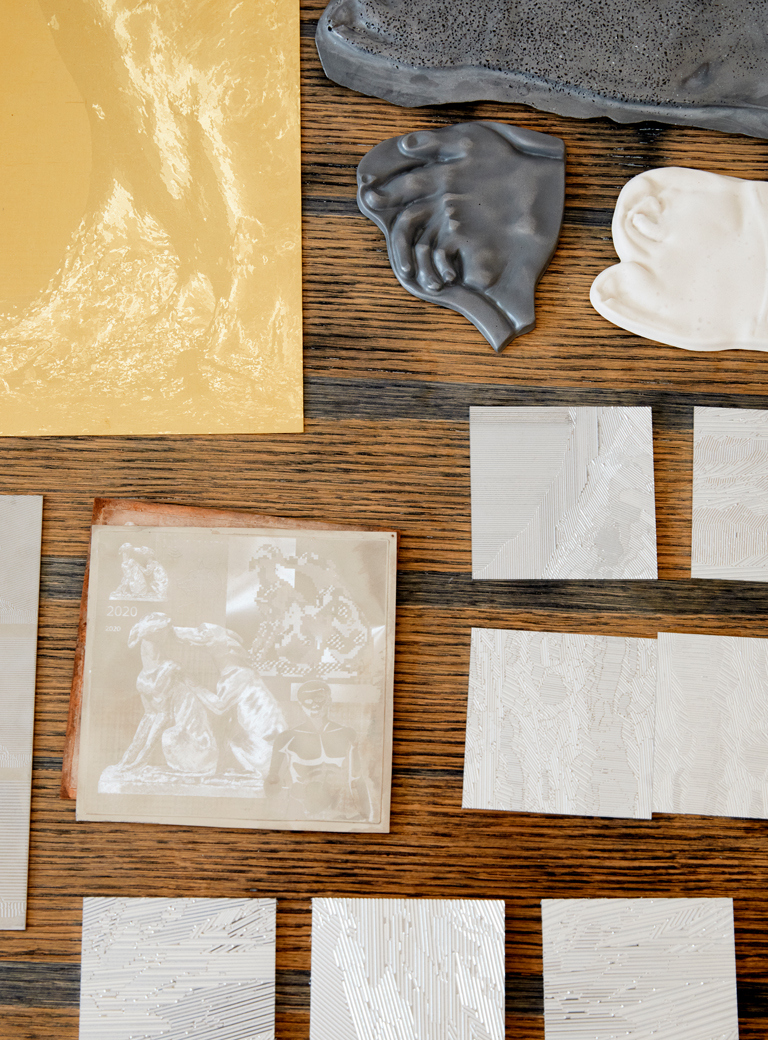
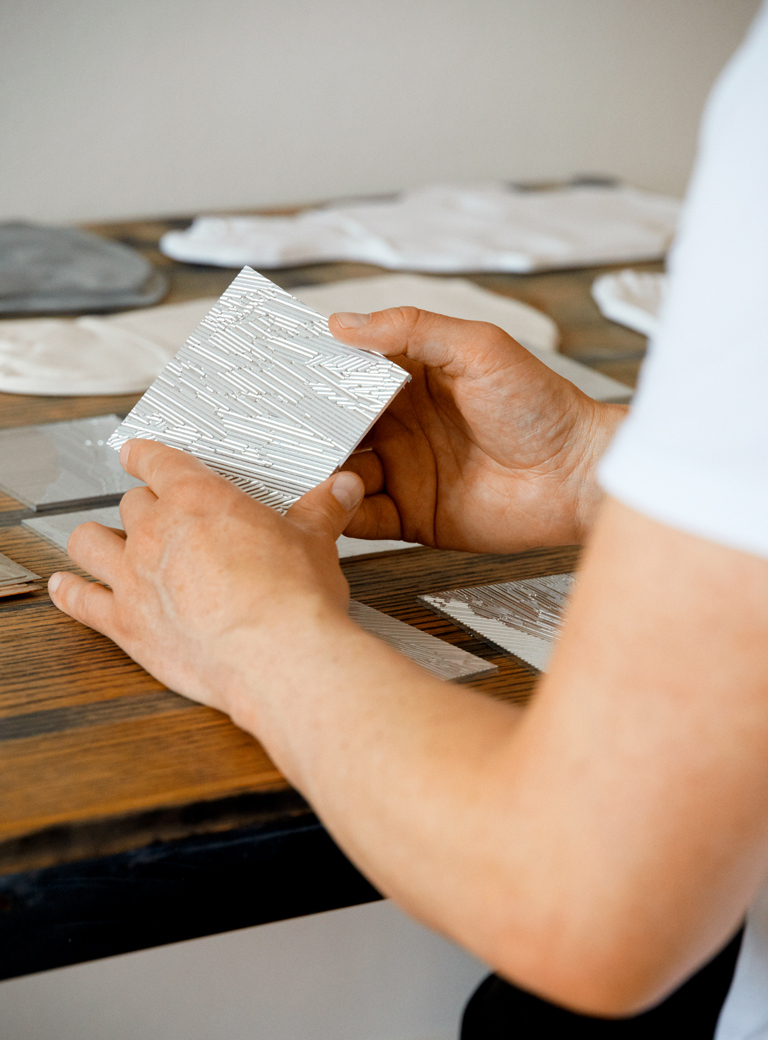
Can you describe how you go about making a sculpture or video?
In my videos, I work slowly and develop the material piecemeal. My partner who makes films, works differently in comparison. She plans for months and then usually shoots the material within two weeks. Then months of editing follow. With me, it’s much less precisely segmented. I work on the editing from the beginning and always come back to it. I often work with the musician Ville Haimala on the soundtrack, and there it goes back and forth between sound and image for months. It’s often a tough approach to the material. In the process, a lot of surplus material is created that I don’t use immediately. But this material then also becomes the basis for future works.
And then you continue the process of change?
I leave the possibility open to change the material, in sculptures as in videos. I usually continue to work even after the videos are shown and change the soundtrack or whole scenes and remove and add material. It helps me a lot when I work on a sculpture or a video that can change with time.
How do you generate concrete forms and the serial reproductions from the digital?
With my sculptures, it often starts with a 3D scan. The raw scan is modified and adapted. Then I segment them into individual elements depending on the limitations of the installation space or of the printers. This “installation space limitation” has proven to be a possibility over time. So, I try to find a productive potential in technical restrictions. The shape of the individual segments is then digitally transformed before printing. I am currently working on a book for the Ferdinandeum in Innsbruck in which part of these processes are communicated as tutorials. I work mostly serially and try to use the different stages of a series as a chance for experimentation. If a sculpture is damaged or destroyed, I prefer to restore according to my current knowledge and possibilities rather than strictly reproducing historically. It helps my approach a lot when a sculpture is adaptive and changeable.
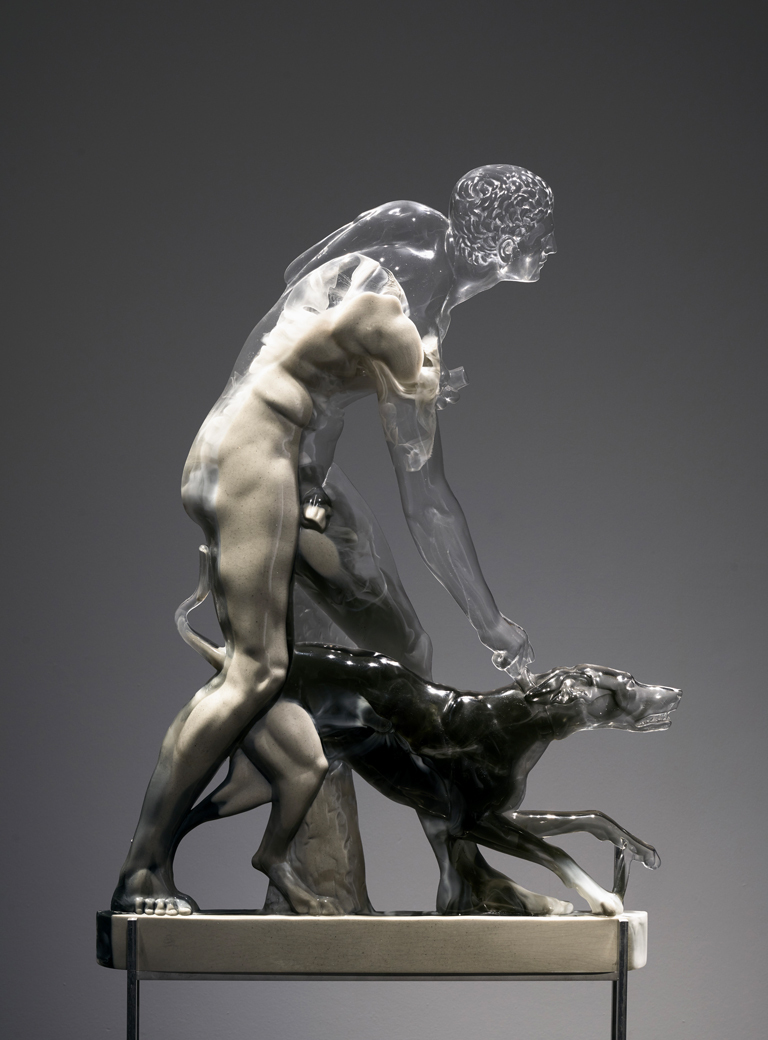
Timelapse, Oliver Laric, 2021, Photo: Dirk Pauwels
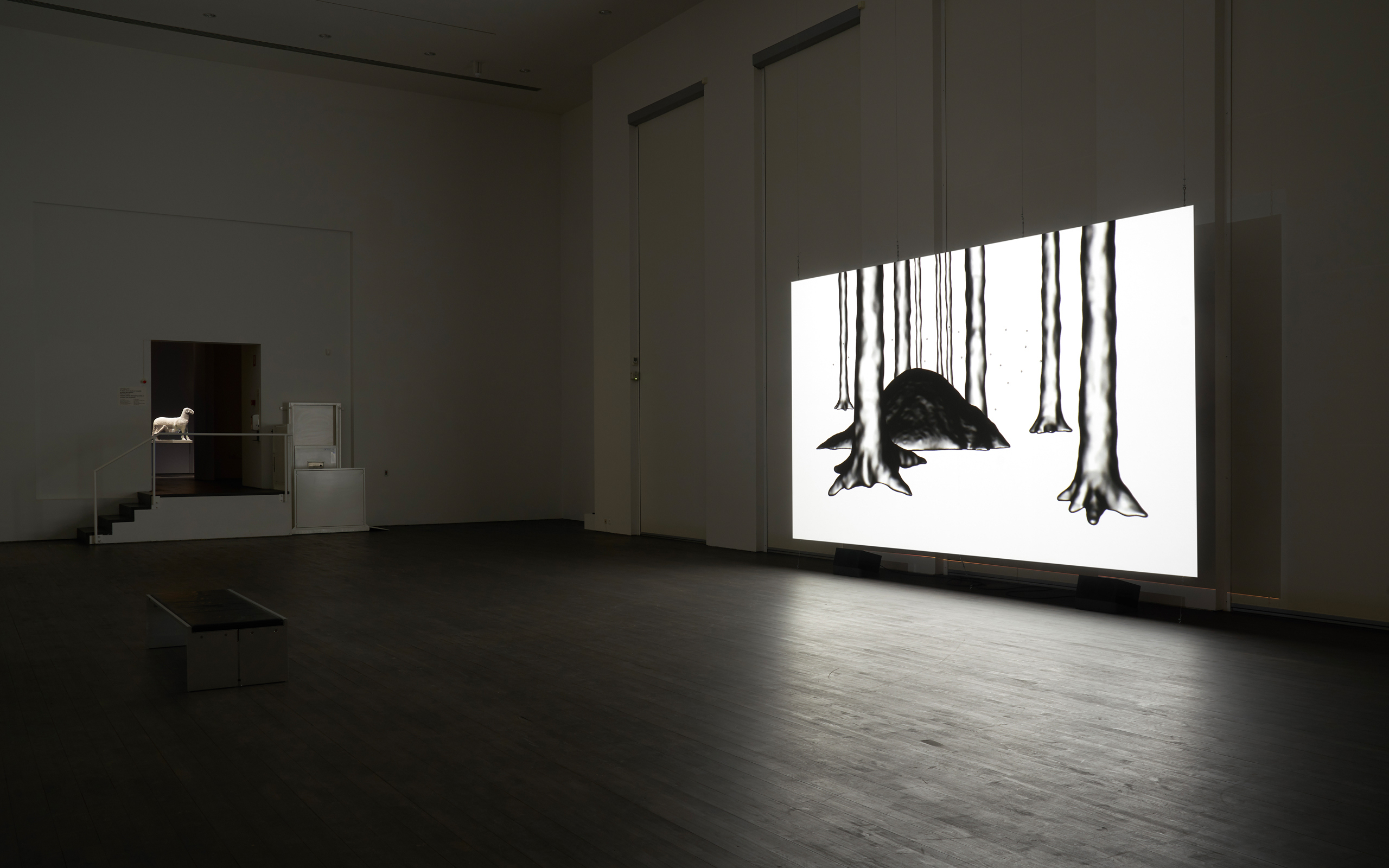
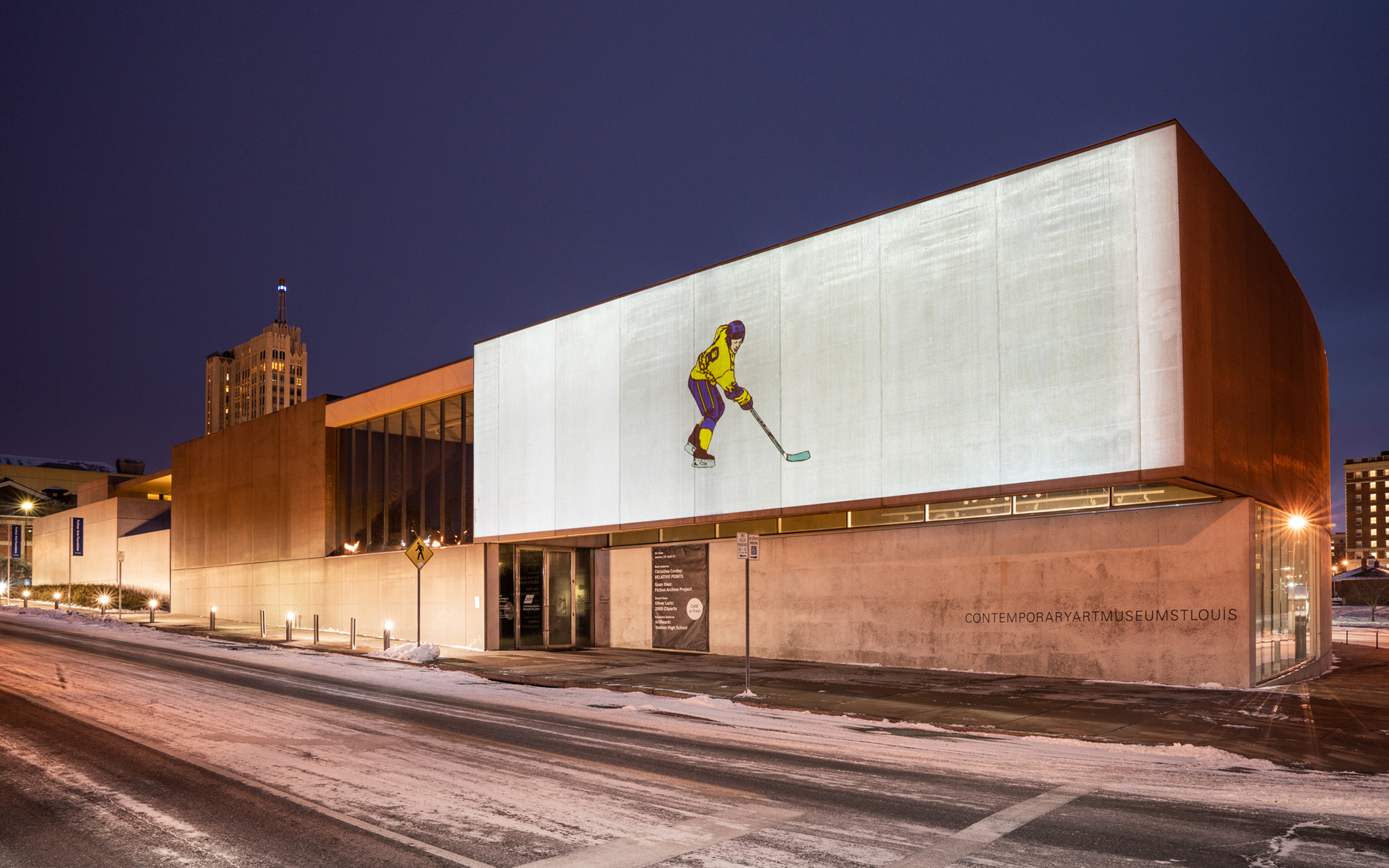
Installation view 2000 Cliparts, Oliver Laric, Photo: Dusty Kessler
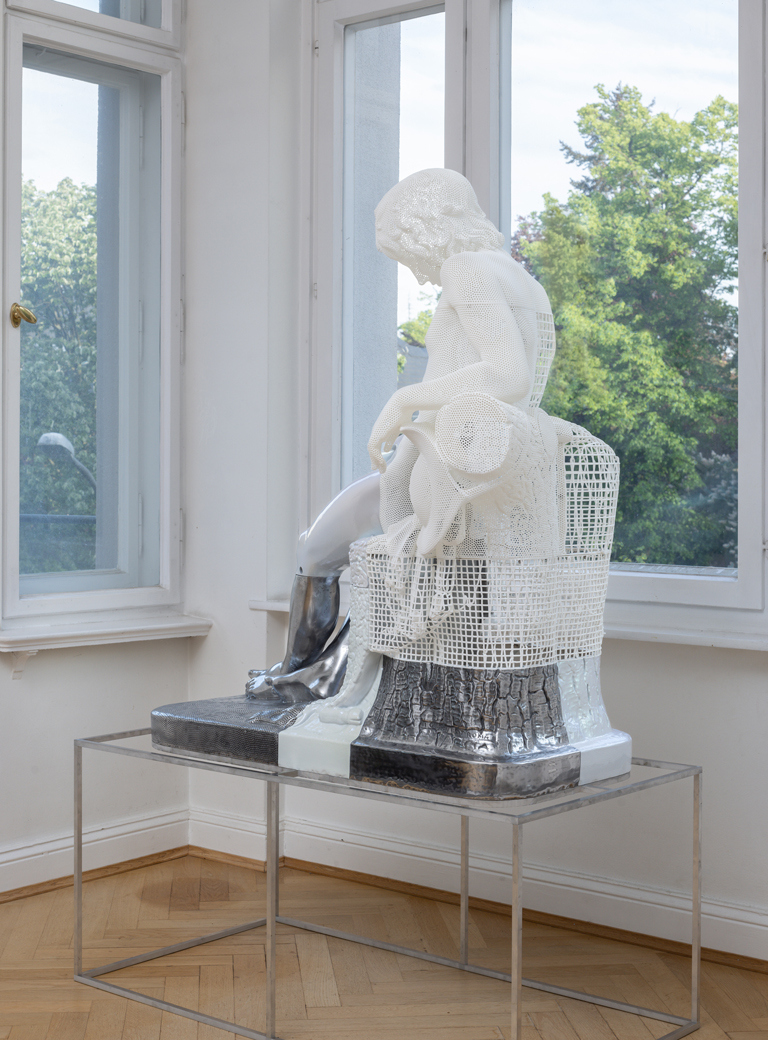
Sleeping Boy, Oliver Laric, 2023, Photo: Timo Ohler
Interview: Kevin Hanschke
Photos: Patrick Desbrosses


